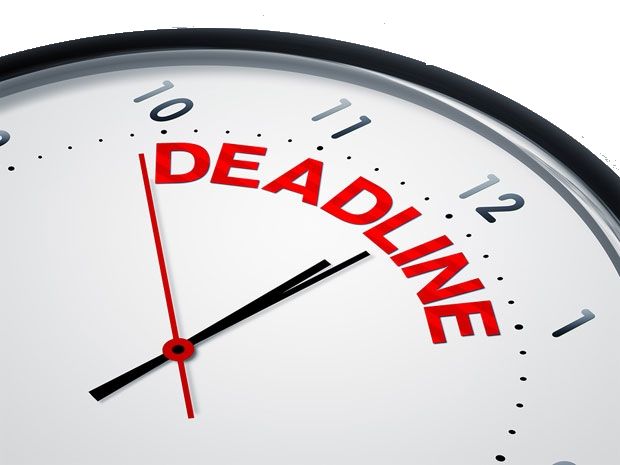Queuing theory
- Queuing theory (also known as waiting-line theory) investigates the problem of providing adequate
service economically to customers waiting in line.
Suppose that at a certain fast food restaurant customers arrive at the rate of 9 people per hour. Then
we can model the average time (in hours) that a customer will wait in line before being served as
f(x) = 9
x(x − 9) hours,
where x is the average number of people served per hour. (Note: 9 people arrive each hour, x people
are served each hour)
(a) Find f(15).
(b) Interpret your answer for part a in the context of this problem.
(c) Find f(7).
(d) Why is the function meaningless if the average number of people served per hour is less than 9?
(e) Suppose that once they have reached the front of the line the average time to serve a customer is 5
minutes. How many customers can be served in an hour? How many minutes will a customer have
to wait in line on average?
(f) Use Desmos to graph the function. Adjust the viewing window. Save your Desmos graph.
(g) What is the equation of the vertical asymptote?
(h) What is the equation of the horizontal asymptote?
(i) Suppose that the average wait time is 7.5 minutes (1/8 hour). How many customers are served per
hour on average?

 Our orders are delivered strictly on time without delay
Our orders are delivered strictly on time without delay  Our orders are delivered strictly on time without delay
Our orders are delivered strictly on time without delay 


